By Wil Barrett
When it comes time for replacement, what do you look for in a mountain bike tyre? Do you look for the lightest weight possible? Or perhaps something that’s nice and chunky? What about tubeless compatibility? A fast-rolling tread pattern? A super sticky rubber compound?
Bontrager was an early adopter of tubeless technology, and their TLR system is arguably one of the best out there
There are a whole lot of different elements behind each mountain bike tyre’s tread pattern and construction, because when it boils down to it, each tyre is suited to different riding conditions. The real trick then for a tyre designer, is maximising the type of conditions that their tyre can perform predictably in.
Over the past twelve months or so, I’ve been riding on a set of XR2 Expert 29er tyres. Bontrager bill the XR2 as the “Pro pick for loose-over-hardpack”, and it slots in between the lightweight XR1 hardpack race tyre, and the chunky XR3 trail tyre.
Bontrager offer the XR2 in three versions: the wire bead ‘Comp‘, as well as the folding bead ‘Expert‘ and ‘Team‘ Issue. Both the Expert and Team Issue tyres feature a dual compound rubber and Bontrager’s TLR tubeless compatibility. The Team Issue saves a few grams by employing a lighter 120tpi casing, while the Expert uses a 60tpi casing.
And don’t worry, the XR2 is also available in 26” and 27.5” diameters. Phew!
Initial impressions
Weighing in at a confirmed 660 grams, the XR2 Expert occupies a pleasant middle ground between anaemic XC race rubber, and burly 2.3” trail tyres. It’s got a substantial construction that aims to offer more durability than the paper-thin sidewalls found on lighter race tyres, and it’s also reinforced with Bontrager’s Inner Strength casing for low-pressure support.
On first inspections, the micro-knob tread pattern is reminiscent of something like a Continental X-King or a Maxxis Ikon. As with those tyres, the XR2 has a nicely rounded profile, with plenty of volume. On a 23mm rim, it measures up exactly as claimed at 2.20” wide.
It must be said that fitting a Bontrager TLR tyre is a breeze. Bontrager was an early adopter of tubeless technology, and their TLR system is arguably one of the best out there, with a proper UST-style bead that firmly locks into place during inflation.
Over the test period, I’ve fitted the XR2 to a broad range of wheels including Bontrager’s own TLR wheels, plus DT Swiss X1900, SRAM Roam 30, American Classic Wide Lightning and Stan’s Valor wheels. In each case, I’ve been able to install the XR2 tyres with minimal swearing, and without need for an air compressor.
Pressure loss has also been impressively low, with no sidewall seepage to speak of.
On the trail
…it sticks well through the kind of tight corners that you’d find on a typical hardpack dirt racecourse
Over the test period, I’ve ridden the XR2 tyres on a range of different bikes and through an even wider variety of conditions. I’ve run the XR2 up front on a Trek Procaliber SL race bike, I’ve had it on the back of the Fuel EX 29er trail bike and I’ve had it fitted front & rear on my Cotic Solaris hardtail. The XR2’s have seen both alloy and carbon rims, with varying internal rim widths from 18mm up to 30mm. I’ve even spent time on the lighter Team Issue version.
Firstly, this is a good fast tyre. Compared to the XR1, the XR2 emits a little more buzz when riding on the bitumen, and on firm hardpack trails you’ll feel just a touch more resistance. As soon as the surface gets softer or looser though, good luck discerning any real difference in acceleration between the XR2 and the XR1. Both are very quick tyres.
Overall, the XR2 offers a very stable and predictable ride quality. The round profile and staggered tread pattern give it a balanced feel, and pumping the wheels through S-bends feels smooth and controlled.
In XC racing scenarios, it sticks well through the kind of tight corners that you’d find on a typical hardpack dirt racecourse. The shoulder knobs are reinforced, so they resist foldind under pressure. With more confidence in the front-end, I could hold off the brakes and lean the bike deeper into the turn, allowing me to exit with more speed. In my mind, any weight or rolling speed disadvantage that the XR2 may have over a lighter race-specific tyre is negated as soon as you enter anything loose or technical.
Riding through softer loam-based soil is where the XR2 is at its best though, and its here where I could push even harder. That staggered tread pattern helps to evenly distribute grip from the centre tread through to the edging blocks, and it delivers a very predictable drift when you do go beyond the grip threshold. Feedback is excellent, so you never feel out of control even as the bike begins to slide.
This was particularly noticeable when running the XR2 on the rear wheel, where it remains glued until you make the decision to push it into oversteer. On the anchors, it gives you solid braking traction whether you’re straight lining down a fast double-track descent, or leaning the bike into a steep switchback corner.
Riding through softer loam-based soil is where the XR2 is at its best though, and its here where I could push even harder
Where the XR2 really surprised me was on granite and on loose rocky trails, where it stuck with far more confidence than I was expecting of its minimal tread pattern. Part of this comes from the tread siping, which encourages flexibility and creates more biting edges to each knob. All those clever little cuts and shapes really are there for a reason. While I’ve been impressed with the XR2’s all-round performance, there are two areas where the XR2 does struggle. Mud is definitely not this tyre’s forte, and although it’ll cope, it just doesn’t shed the sticky stuff like other mud-specific tyres will. In this scenario, you’d be better off with the XR3.
The XR2 can also struggle with traction on steep uphill pinches where the trail surface is loose and littered with small rubble. To be fair, most tyres struggle for grip on these kinds of climbs, but as soon as the rocks get a little bigger, the XR2 re-engages to propel you up the trail.
With the various XR2 test tyres I’ve used, durability has been excellent. I attribute that to the sensible construction and the Inner Strength casing, which relies on added material in the sidewalls that helps to ward off cuts and damage from sharp rocks. It also keeps the tyres nice and stable even at lower pressures. I’ve been able to run as low as 18psi, and even at that setting, the XR2 has never burped, rolled or so much as wiggled under hard cornering.
Wear rate is good, with the firmer 62a Durometer centre tread giving the XR2 good mileage after many months of riding. Although the cornering blocks are formed from a softer 60a Durometer, I’ve never had any of the knobs deteriorate or tear off. Of course any tyre can still be torn open under the right (or wrong?) conditions, but the XR2’s have been impeccably reliable for me.
Overall
For riders looking for a versatile and dependable tyre for XC racing and trail riding, the XR2 Expert comes highly recommended. You can run it up front of your race bike for added confidence in loose conditions, or fit it out back on your trail bike for faster acceleration and predictable cornering grip. Or for riding intermediate conditions on backcountry singletrack, run it front and rear.
The XR2 Expert features a solid construction, good quality rubber and it’s easy to setup tubeless. The tread pattern offers up predictable traction across a wide range of trail surfaces, and aside from heavy mud, it’ll cope with just about anything you can throw at it.
[fbvideo link=”https://www.facebook.com/singletrackmag/videos/10153604084943612/” width=”650″ height=”400″ onlyvideo=”0″]
Can’t see the video? Click Here
…
Comments (0)
Leave Reply
Post Comment
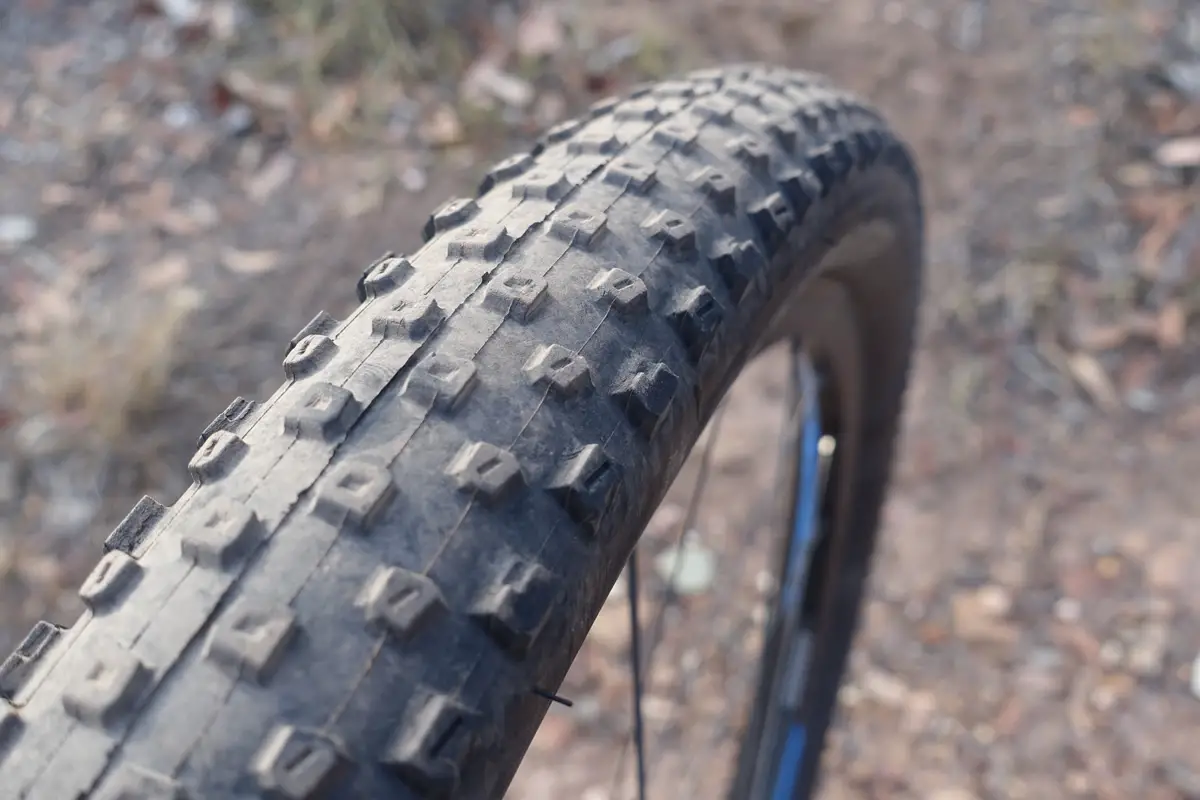
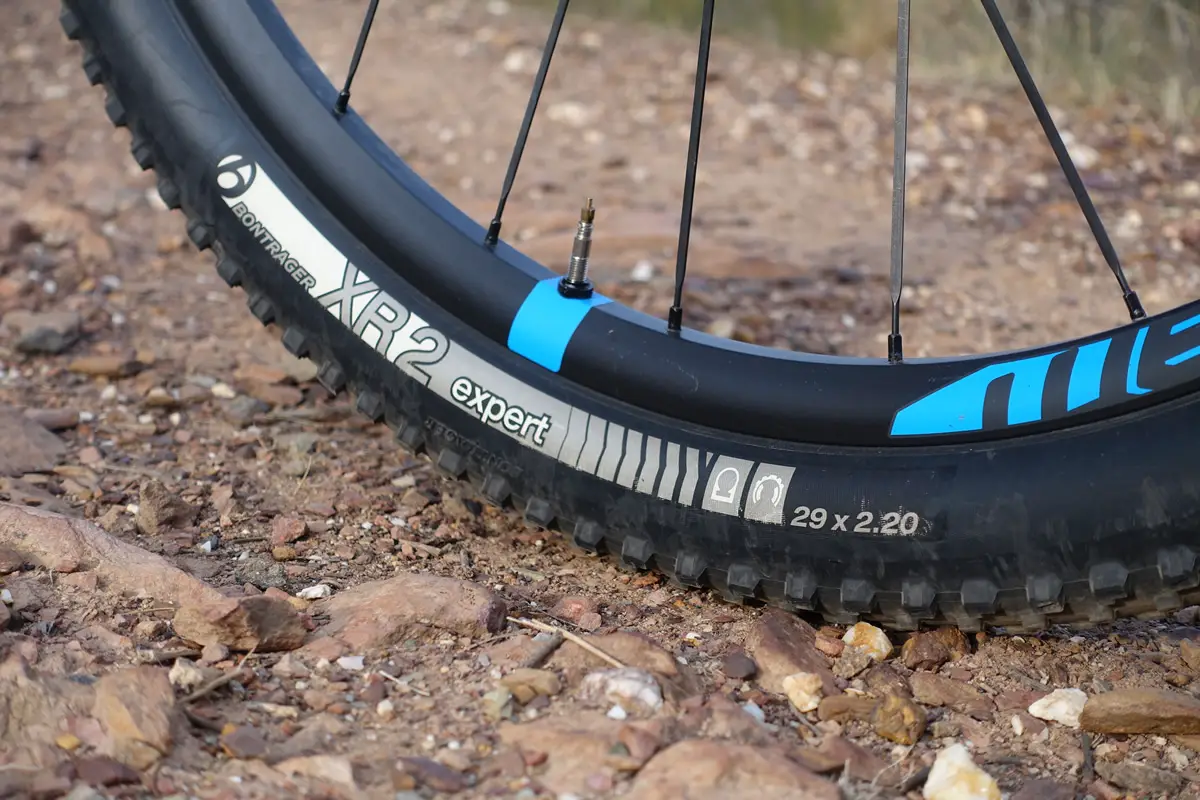
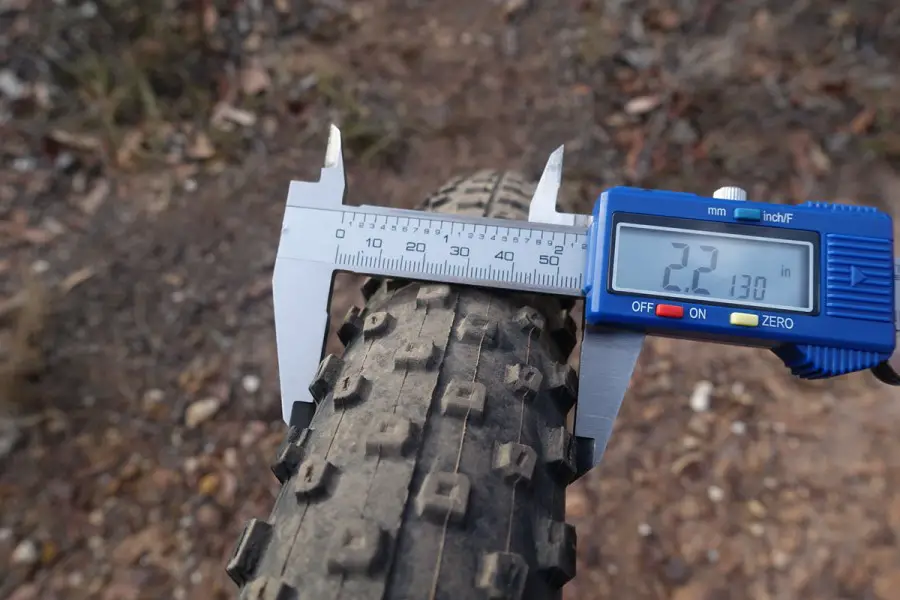
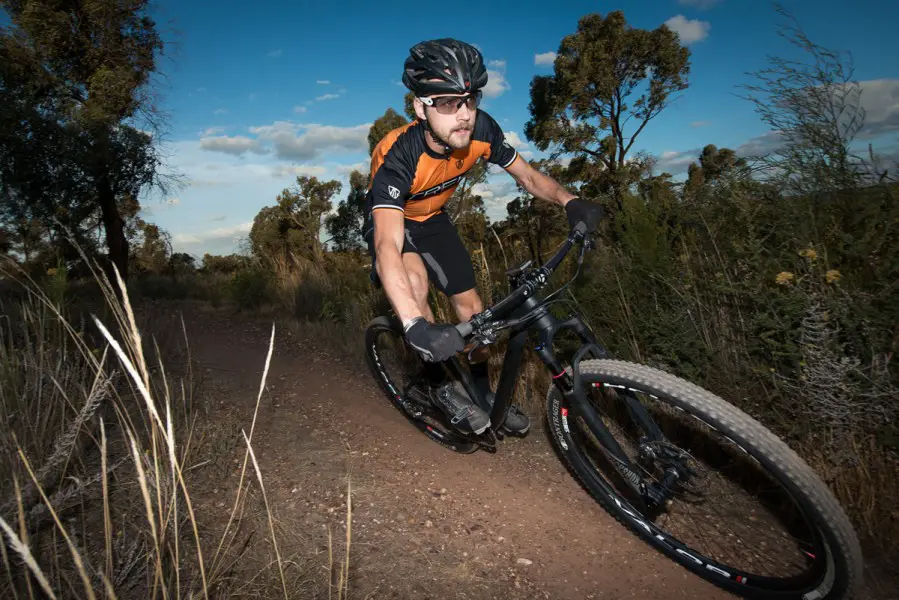
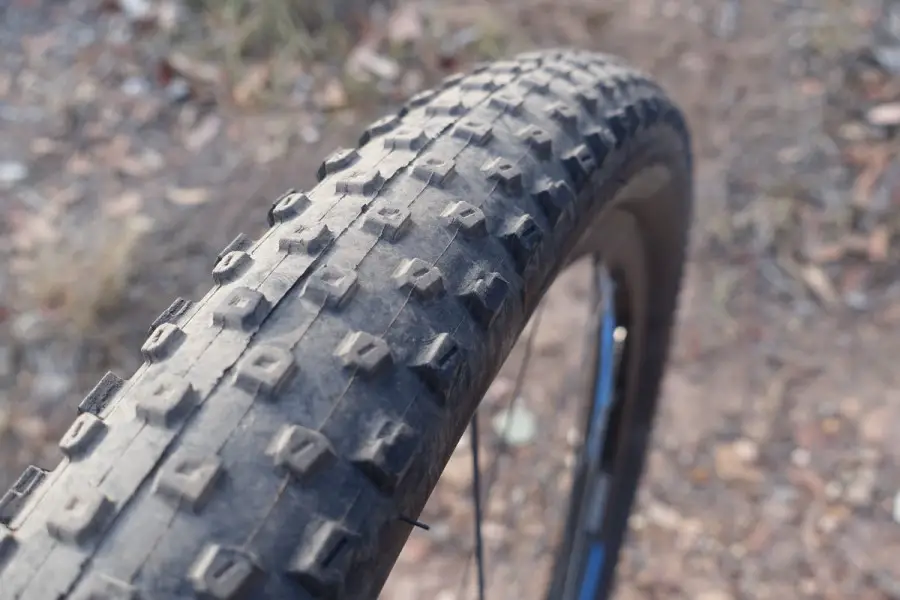
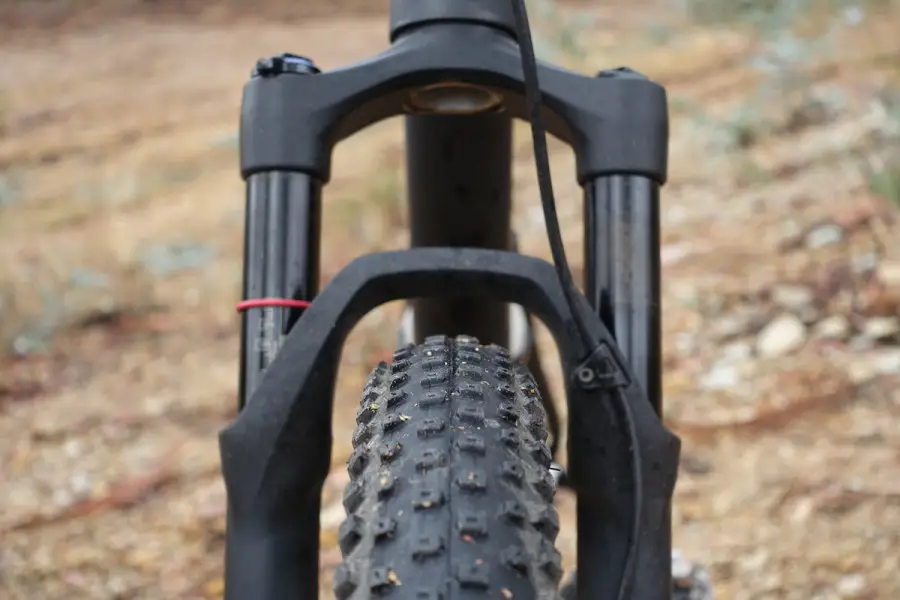


Sunlight……